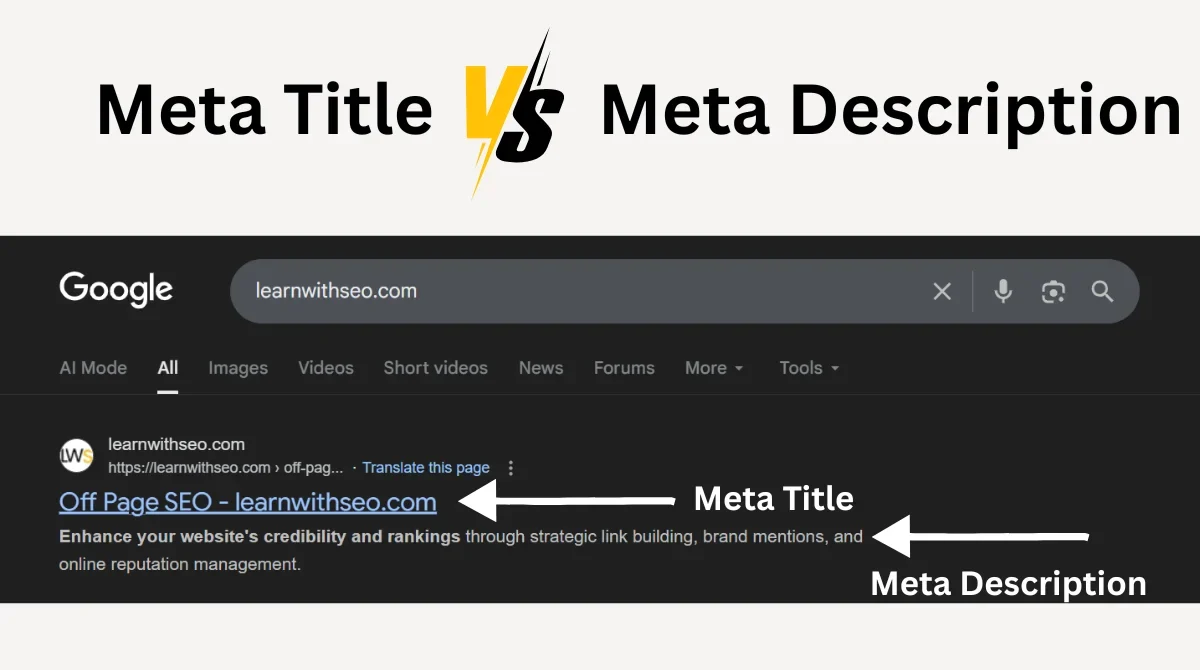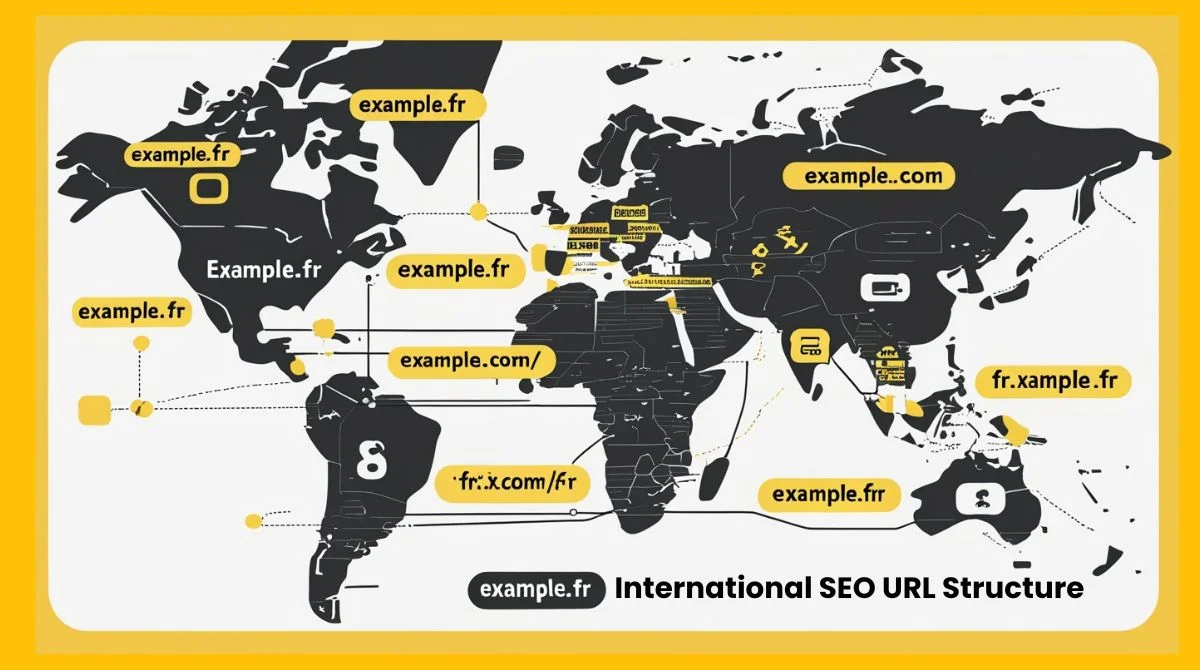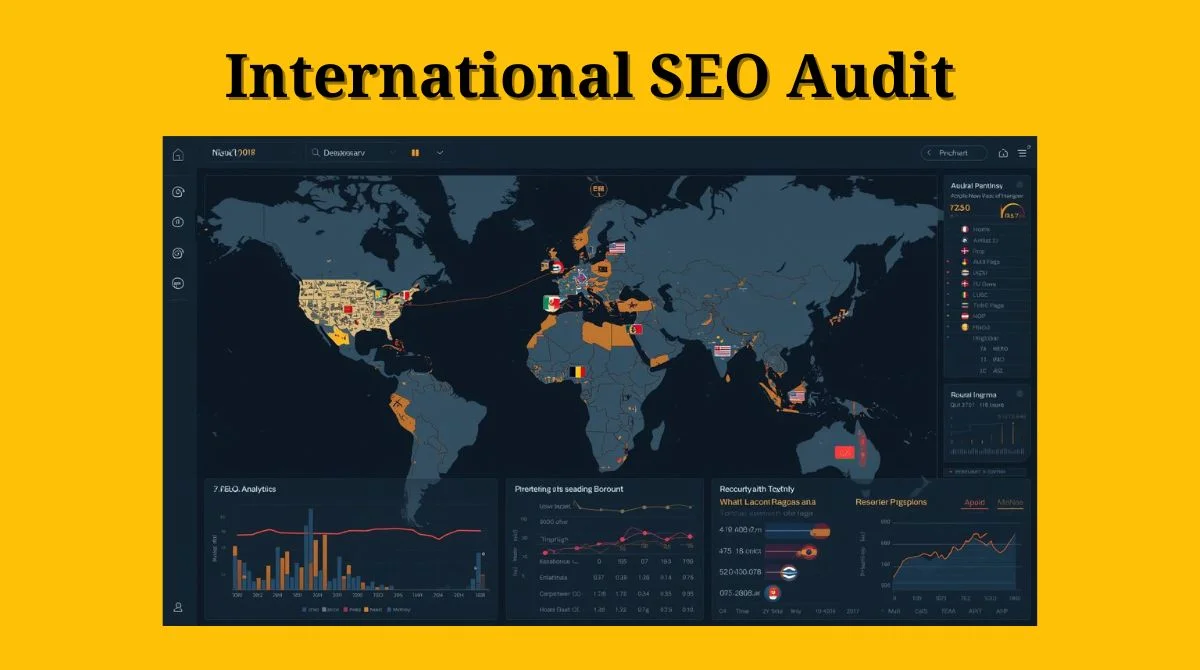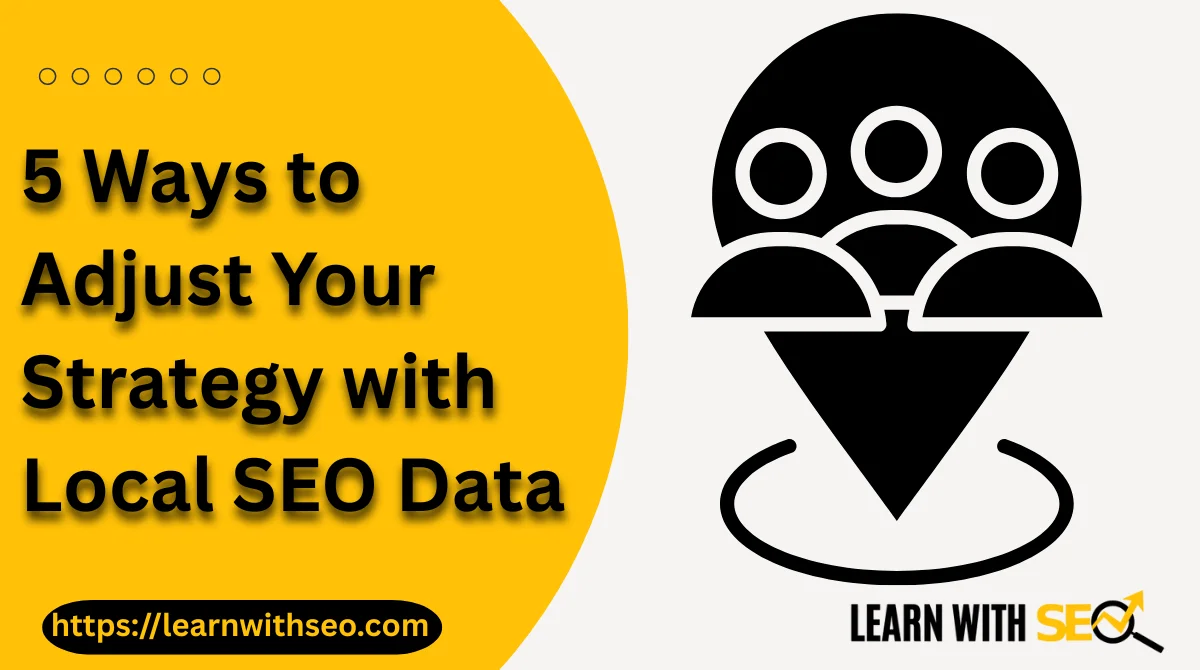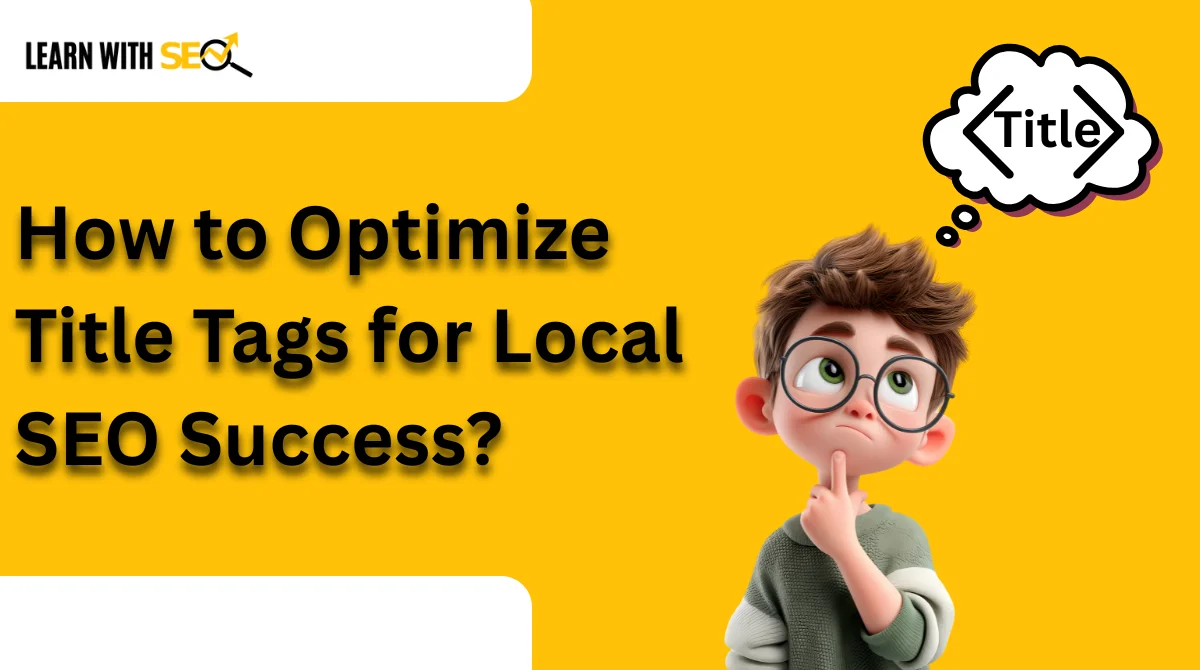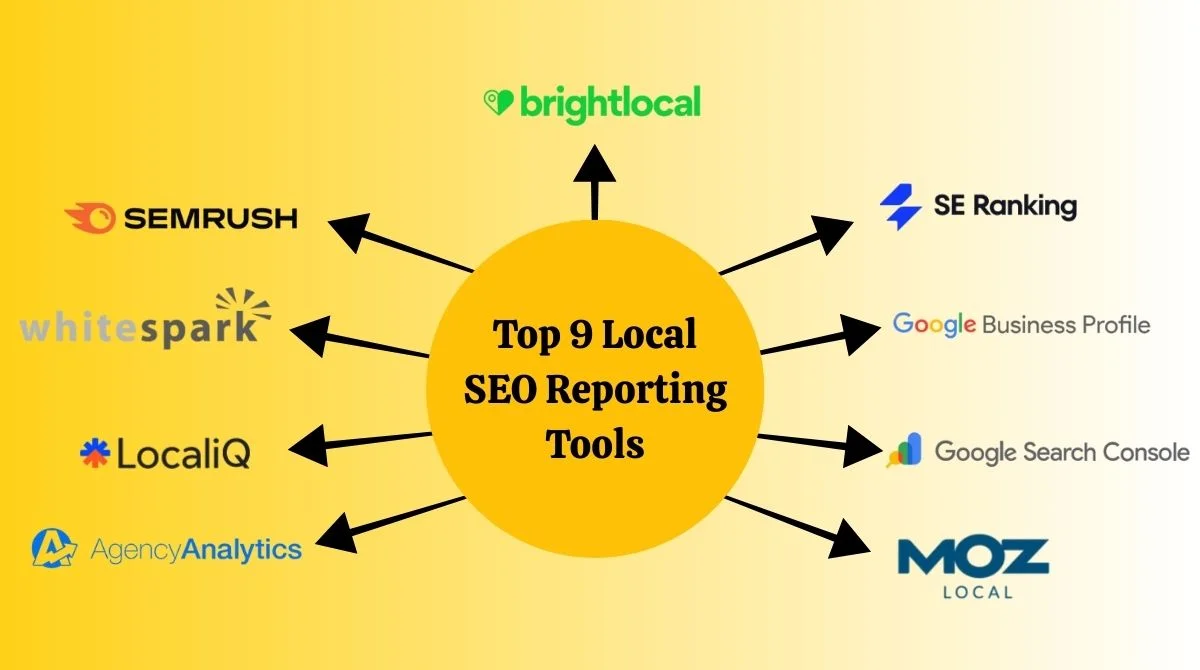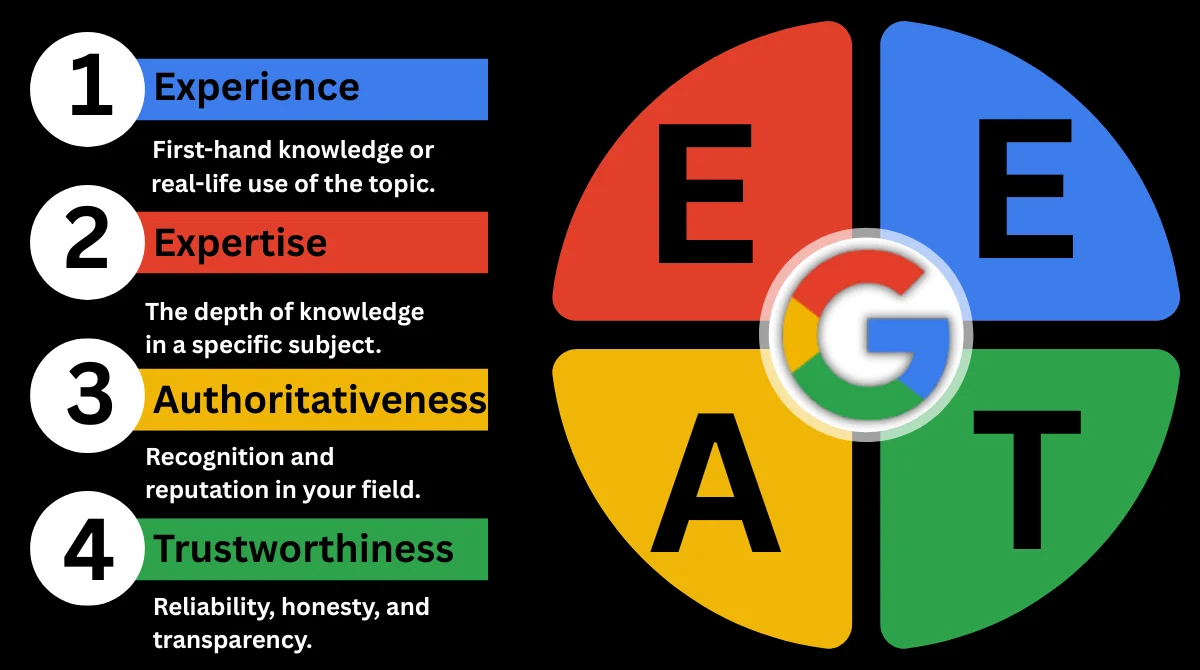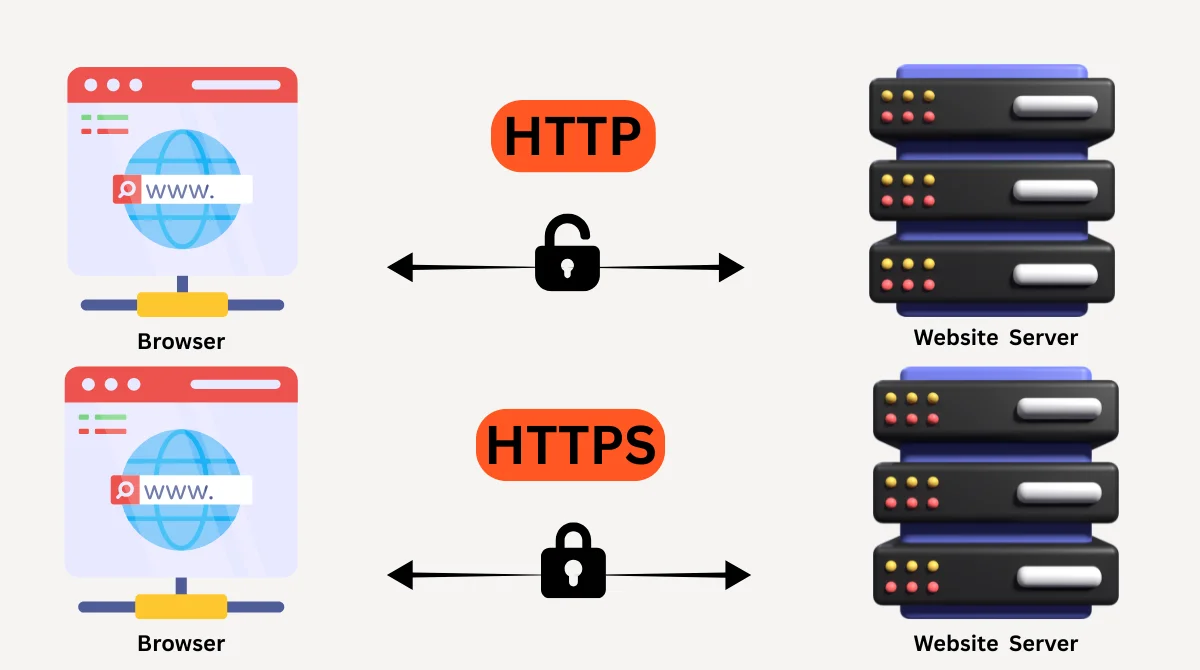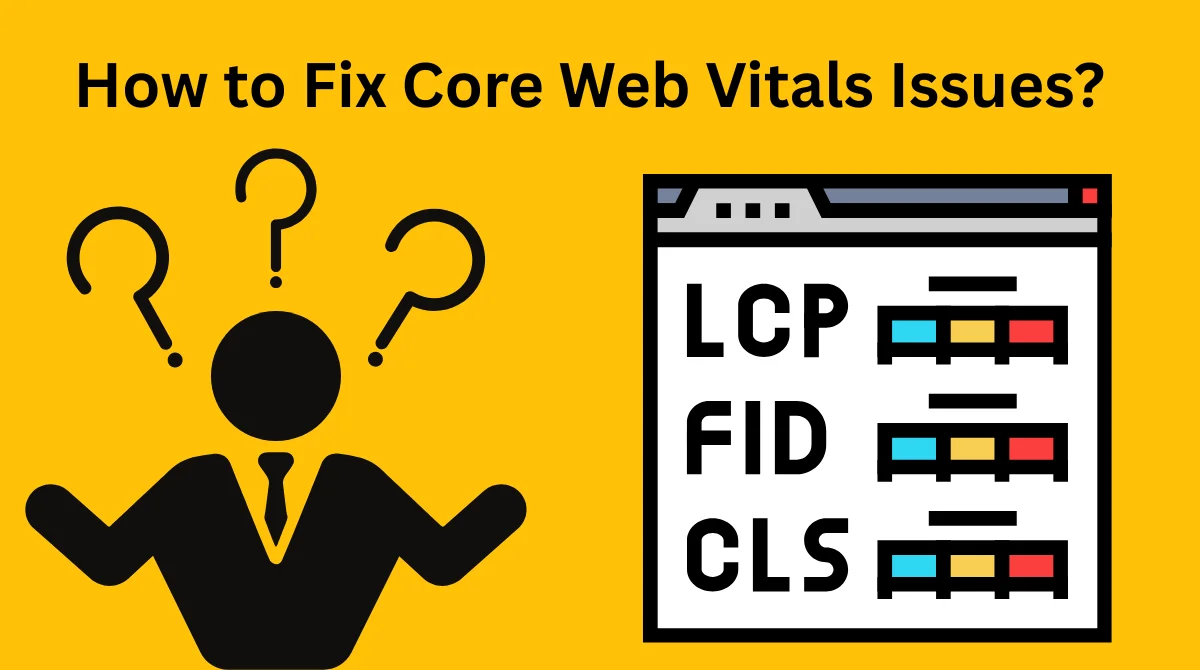- What Is a Meta Title?
- Why Is a Meta Title Important?
- What Is a Meta Description?
- Why Is a Meta Description Important?
- Meta Title vs Meta Description: Key Differences
- How to Write a Perfect Meta Title?
- How to Write a Perfect Meta Description?
- Common Mistakes to Avoid
- SEO Best Practices for Meta Titles and Descriptions
- How Meta Titles and Descriptions Impact CTR?
- E-E-A-T and Meta Tags
- Final Thoughts
When you search for something on Google, the first things you see are the title in blue and a small piece of text below it. That’s the meta title and meta description. They may look simple, but they play a huge role in SEO, click-through rate (CTR), and how people view your website.
Many website owners, bloggers, and businesses overlook these two elements. Some even think they don’t matter because Google sometimes rewrites them. But the truth is, a well-written meta title and description can be the difference between someone clicking on your site or scrolling past it.
What Is a Meta Title?
A meta title is the official title of a web page that tells both search engines and users what the page is about.
When you type something into Google, the first thing you see is a blue, clickable headline for each result. That’s the meta title. It is also called a title tag in SEO.
You’ll also notice that this same text appears at the top of your browser tab when you open a website.
Think of it like a book title. Just like a book’s title tells you what’s inside before you read it, the meta title tells search engines and users what your webpage contains.
Example for Better Understanding
- If you search on Google: “best coffee shops in New York”
- You’ll see results like: Best Coffee Shops in New York | Brew Lovers Guide
That blue headline is the meta title. When you click on it, it takes you directly to the website.
Why Is a Meta Title Important?
- First impression for users: It’s the first thing people see when they find your page on Google.
- SEO ranking factor: Search engines use the title tag to understand what your page is about.
- Boosts click-through rate (CTR): A catchy and relevant title attracts more clicks.
- Branding: Adding your brand name at the end of a title strengthens visibility.
What Is a Meta Description?
A meta description is a short piece of text that appears just below the meta title in Google search results.
Think of it as a summary or preview of what your page is about. It doesn’t directly affect search engine rankings the way a meta title does, but it influences whether people click on your link or not.
You can think of it like a movie trailer. It doesn’t tell you everything, but it gives you enough information to decide if you want to watch (or in this case, click).
Example for Clarity
- If the meta title says: Best Coffee Shops in New York
- The meta description could be: “Discover top-rated coffee shops in NYC. Find cozy cafés, best brews, and hidden gems loved by locals.”
Here’s what’s happening:
- The title tells you the main topic.
- The description convinces you why you should click by giving details and benefits.
Why Is a Meta Description Important?
- Encourages clicks: It’s your chance to “advertise” your page and convince the user to click.
- Improves CTR: Higher CTR indirectly boosts SEO performance.
- Helps search engines understand content: Google sometimes rewrites descriptions, but having a strong one increases your chances of displaying it.
- Builds trust: A clear description shows users they’ll find what they’re searching for.
Meta Title vs Meta Description: Key Differences
Even though they work together, meta titles and descriptions are not the same.
- Meta Title: Headline of the page shown in search results (clickable).
- Meta Description: Summary shown under the title (not clickable).
| Factor | Meta Title | Meta Description |
| Length | 50–60 characters | 150–160 characters |
| SEO Impact | Strong ranking factor | Indirect impact (via CTR) |
| Visibility | Clickable headline in SERP | Summary below the title |
| Purpose | Show main keyword & attract clicks | Provide details & persuade the user |
Both together create the first impression of your content in search engines.
How to Write a Perfect Meta Title?
Writing a good meta title is not about stuffing keywords. It’s about being clear, relevant, and appealing. Here’s how to do it:
- Keep it 50–60 characters long.
- Add the main keyword naturally.
- Place the keyword towards the beginning.
- Make it relevant to the content.
- Add a unique value proposition (what makes your page different).
- Include your brand name (optional, but good for recognition).
Example: “Best Coffee Shops in New York | Brew Lovers Guide”
This title uses the keyword, is within length, and adds uniqueness.
How to Write a Perfect Meta Description?
A meta description should act like a mini ad copy for your page. It should attract, inform, and convince the searcher to click.
- Keep it 150–160 characters long.
- Use the primary keyword naturally.
- Make it action-oriented with words like “discover,” “learn,” or “find.”
- Focus on benefits, not just features.
- Write it in a human, conversational tone.
Example: “Discover the best coffee shops in NYC. Explore cozy cafés, unique brews, and hidden gems that every coffee lover should try.”
Common Mistakes to Avoid
When writing meta titles and descriptions, many people make mistakes that cost them traffic.
- Keyword stuffing: Repeating the same keyword looks spammy.
- Too long or too short: Google may cut off text if it’s too long.
- Generic content: Avoid vague descriptions like “Welcome to our website.”
- Duplicate tags: Every page should have a unique meta title and description.
- Clickbait: Don’t promise something your page doesn’t deliver.
SEO Best Practices for Meta Titles and Descriptions
To make your tags SEO and Answer Engine optimized, follow these strategies:
- Use main keywords naturally without overstuffing.
- Write in simple, human-friendly language.
- Align with search intent (what the user is really looking for).
- Create unique titles and descriptions for each page.
- Add emotional triggers like “best,” “guide,” “easy,” “expert.”
- Use numbers or lists if possible, as they increase clicks.
- Keep an eye on CTR in Google Search Console to see which tags perform better.
How Meta Titles and Descriptions Impact CTR?
Search Engine Optimization is not only about rankings. Even if you rank on page one, if your title and description are weak, people won’t click. On the other hand, if your content stands out with a compelling meta title and description, you can get more clicks than competitors ranking above you.
This is why optimizing them is crucial for both SEO and user experience.
E-E-A-T and Meta Tags
Google values content that shows Experience, Expertise, Authoritativeness, and Trustworthiness (E-E-A-T). While meta tags are small, they’re a reflection of your content quality.
- Show expertise by using clear, professional wording.
- Build trust by being transparent and not misleading.
- Demonstrate authority by aligning with your niche and brand.
- Share experience by writing in a helpful, human way.
Meta titles and descriptions may not be the full content, but they are the gateway to your expertise.
Final Thoughts
Meta titles and descriptions may look small, but they play a big role in SEO. The title grabs attention, while the description convinces users to click. Together, they help search engines understand your page, improve rankings indirectly, boost CTR, and strengthen brand presence. Always create unique, keyword-rich, and engaging tags, then test different variations to see what performs best. A few extra minutes spent here can be the difference between being invisible and being clicked.

